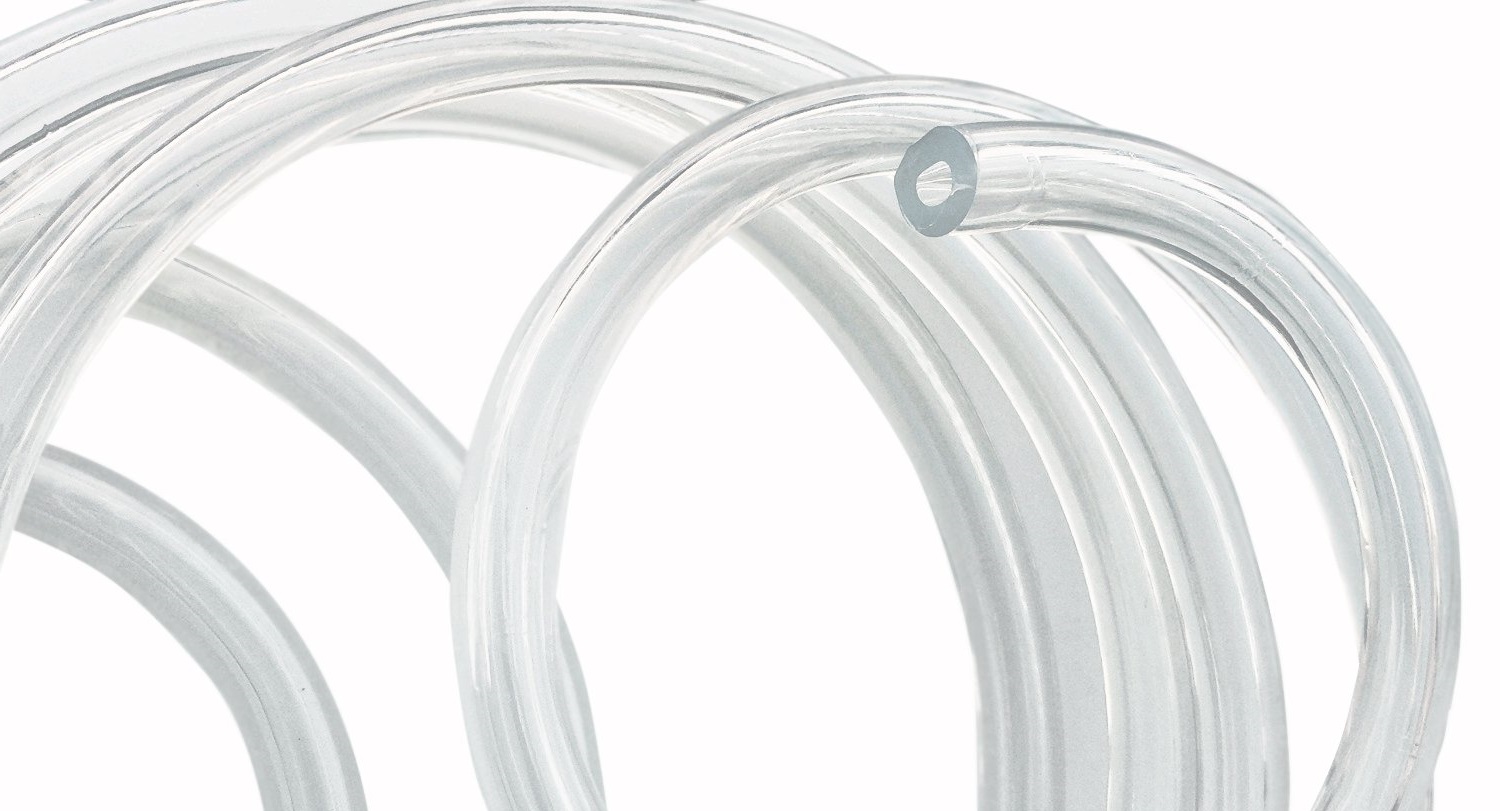When it comes to serving the perfect draft beer, the beer line plays a crucial role in ensuring that each pour is as fresh and flavorful as possible. Understanding the importance of beer lines, their maintenance, and the various types available can significantly enhance your drinking experience. In this comprehensive guide, we will delve into everything there is to know about beer lines, from their construction to how they affect the taste of your favorite brews.
Beer lines are a vital component of draft beer systems that transport beer from the keg to the tap. The quality and cleanliness of these lines can greatly impact the overall taste and quality of the beer served. Proper maintenance and knowledge about beer lines can help both commercial establishments and home brewers alike. With the craft beer industry booming, ensuring that your draft system is in optimal condition is more important than ever.
In this article, we will explore the different types of beer lines, their materials, how to clean and maintain them, and the best practices for achieving the perfect pour. Whether you're a bar owner, beer enthusiast, or simply curious about the mechanics behind your favorite beverage, this guide has something for everyone.
Table of Contents
- What is Beer Line?
- Types of Beer Lines
- Beer Line Materials
- The Importance of Cleaning Beer Lines
- How to Clean Beer Lines
- Beer Line Length and Diameter
- Best Practices for Serving Draft Beer
- Conclusion
What is Beer Line?
Beer line refers to the tubing used in draft beer systems to transport beer from the keg to the tap. This tubing is essential in maintaining the quality and flavor of the beer, as it is the final pathway before the beer reaches the glass. A well-maintained beer line ensures that the beer is served at the right temperature and pressure, which is critical for preserving its flavor and carbonation.
Types of Beer Lines
There are several types of beer lines used in various draft systems. Understanding the differences can help you choose the right one for your needs.
- Rubber Beer Lines: These lines are flexible and easy to work with, making them a popular choice for many establishments. However, they can absorb flavors and odors over time.
- Vinyl Beer Lines: Vinyl lines are lightweight and less expensive than rubber lines. They are also resistant to kinking but may not insulate as well.
- Polyethylene Beer Lines: These lines are known for their durability and resistance to chemicals. They are often used in commercial settings.
- Stainless Steel Beer Lines: Stainless steel lines are the most durable and maintain the purity of the beer. They are often used in high-end bars and restaurants.
Beer Line Materials
The material of the beer line can significantly affect the taste and quality of the beer served. Here are some common materials used in beer lines:
- Rubber: Offers flexibility but can retain flavors.
- Vinyl: Lightweight but may not insulate effectively.
- Polyethylene: Durable and resistant to chemicals.
- Stainless Steel: Best for maintaining flavor integrity.
The Importance of Cleaning Beer Lines
Cleaning beer lines is crucial to ensuring the quality of the beer served. Residue from beer can build up in the lines, leading to off-flavors and spoilage. Regular cleaning can help prevent:
- Flavor contamination
- Bacterial growth
- Diminished carbonation
How to Clean Beer Lines
Cleaning beer lines should be performed regularly, ideally every two weeks. Here’s a step-by-step guide to effectively clean your beer lines:
- Disconnect the beer lines from the keg and tap.
- Prepare a cleaning solution, usually a mixture of water and a specialized cleaning agent.
- Use a beer line cleaning pump to circulate the solution through the lines for about 20-30 minutes.
- Rinse the lines thoroughly with clean water.
- Reconnect the beer lines and check for leaks.
Beer Line Length and Diameter
The length and diameter of the beer line play a significant role in the performance of the draft system. Here are some considerations:
- Length: Longer lines can cause a delay in pour time and may affect the beer’s temperature.
- Diameter: A larger diameter can reduce resistance, leading to a faster pour, but may also lead to over-carbonation.
Best Practices for Serving Draft Beer
To serve the best draft beer, consider the following best practices:
- Keep beer lines cool and insulated.
- Regularly clean beer lines to maintain flavor integrity.
- Monitor keg pressure to ensure optimal carbonation.
- Train staff on proper pouring techniques.
Conclusion
Understanding beer lines is essential for anyone involved in serving or enjoying draft beer. From the various types of beer lines to the importance of regular cleaning, this guide has covered the essential aspects of beer lines that can significantly affect the quality of the beer served. Remember, maintaining clean and properly functioning beer lines is crucial for delivering a great beer experience. If you have any questions or insights, feel free to leave a comment below!
We hope you found this article informative and valuable. For more tips and guides on beer and brewing, be sure to explore our other articles!




